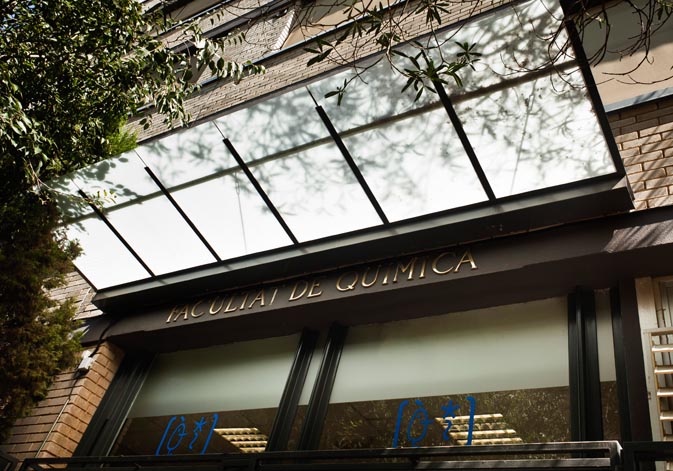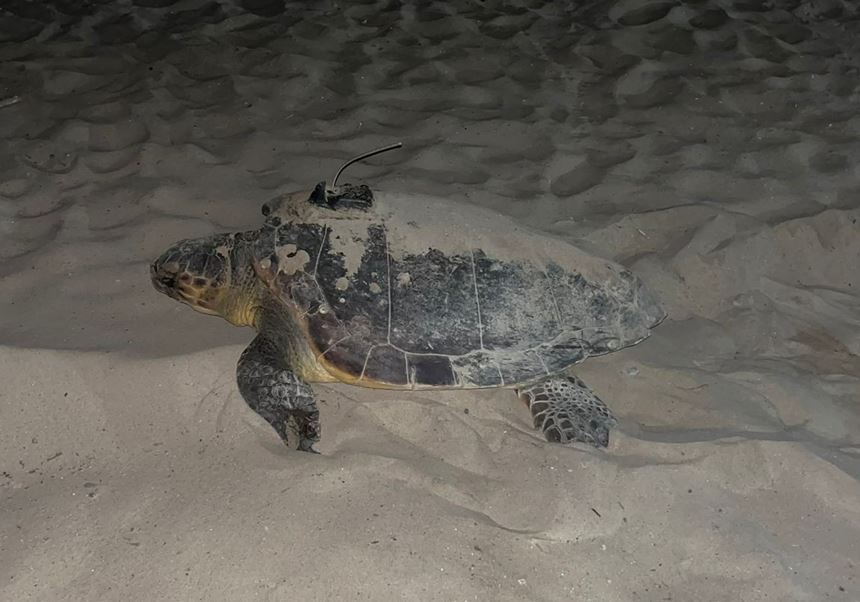The Universitat de València is the third in Chemistry and the fourth in Physics and Life Sciences according to the Nature Index Ranking
- Scientific Culture and Innovation Unit
- June 13th, 2018

The Universitat de València has been chosen as the fourth university in Spain according the new edition of the Nature Index Ranking, which is based in the number of published articles in important scientific magazines. The Valencian institution is the third of Spain in Chemistry and the fourth in Physics and Life Sciences. In addition, it is the 85th university in Europe and the 265 in the globe.
The Valencian campus has also advanced 23 positions in comparison with the previous edition of this ranking in terms of the number of important articles that have been published. It is the 273 at a global level. According to this classification, the Universitat de València is the first Valencian academic centre. It is only surpassed at a national scale by the universities of Barcelona, Autónoma de Madrid and País Vasco.
This classification is headed at a global scale by the American universities of Harvard, Stanford and the Massachusetts Institute of Technology (MIT). In Europe, the British higher education centres of Cambridge and Oxford, and the Swiss Federal Institute of Technology Zurich top the ranking. It has been elaborated with information of the Web of Science-Clarivate Analytics, based on the articles published in 68 high-quality scientific magazines. The survey of this publication is carried out in two different manners: by the number of articles (AC) and by the fractional recount (FC). A classification by fields is also elaborated, in which the scientific publications are detailed in four areas of knowledge: Physics, Chemistry, Earth and Environmental Sciences and Life Sciences.
The magazines included in Nature Index represent less than a 1% of the magazines that cover natural sciences in the Web of Science (Thomson Reuters), but represent around the 30% of the total of references to Sciences magazines. It provides information on the quality research outputs at an international scale. In this ranking, the impact of 500 institutions of higher education has been measured. An additional 100 have been analysed in the section of fields of study.
More Information (UV Planning and Analysis Web Service): http://ir.uv.es/iGpy2nG
Ranking Nature Index: http://ir.uv.es/a02l4MX
File in: Internacionalització recerca , Difusió i comunicació científica , Grups de recerca , Emprenedoria , Publicacions , Cultura Científica , Col·laboració amb empresa , Recerca, innovació i transferència , Investigació a la UV
















